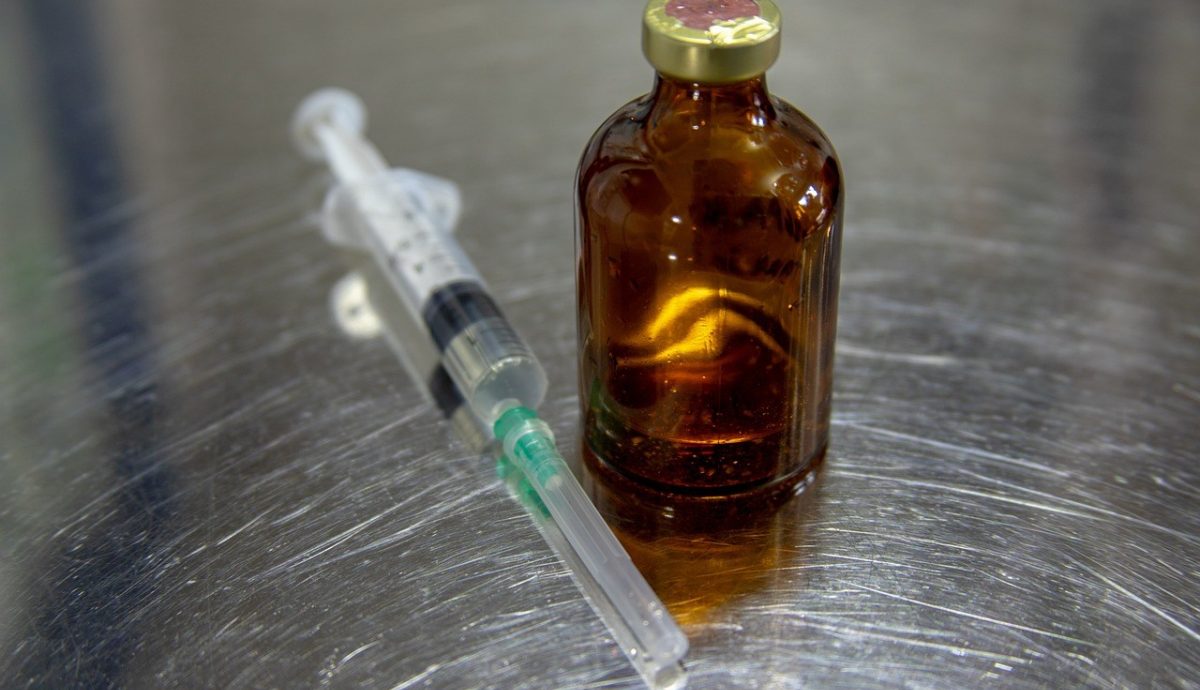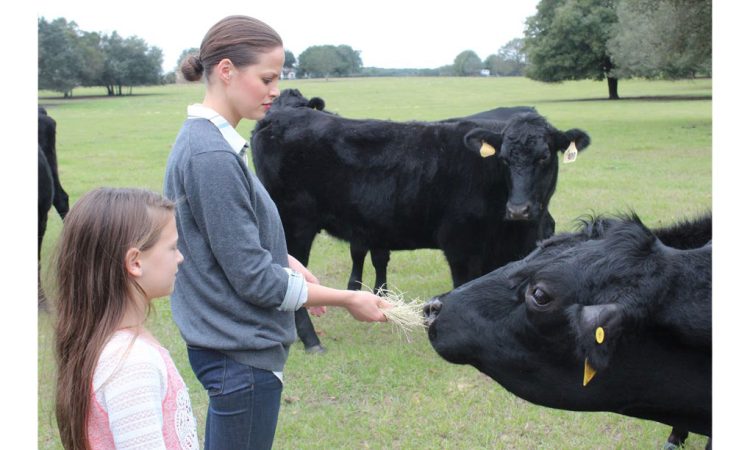Why Do They Do That? - Antibiotics
Why are animals given antibiotics? Will Fett, Executive Director of the Iowa Agricultural Literacy Foundation breaks it down.

by: Will Fett, Executive Director of the Iowa Ag Literacy Foundation
I recently was at the meat counter of a local grocery store and was noticing several prime cuts of meat. They all looked delicious. I was already imagining a slow roasted brisket for St. Patrick’s Day. But I noticed some of the cuts were labeled hormone free and antibiotic free. Sounds great! I don’t want any weird stuff in my meat. But if antibiotics in meat are such a bad thing, then why do farmers use them?
Just like humans, livestock sometimes get sick. When they get sick, farmers do whatever they can to help get them healthy again. The first step is to (if possible) separate sick animals from the rest of the herd. This helps minimize the spread of an infection or illness – especially if it is at all contagious. The second step is to call the veterinarian. Just like doctors prescribe antibiotics for sick humans, veterinarians prescribe antibiotics for sick animals. The antibiotics are administered with the supervision of the vet.

Careful records are kept, too. The farmer and the vet know exactly how much of an antibiotic was given. They keep record of the date and record of exactly which animal it was given to. Antibiotics are medicines that inhibit the growth of or destroy microorganisms – specifically harmful strains of bacteria. Eventually, after the antibiotic has targeted the harmful bacteria it will start to break down in the body and be eliminated from the animal’s system. The time that it takes for the antibiotic to break down is known as the withdrawal period. Different antibiotics will have different withdrawal times and interact a little differently in different animals and different types of tissues in the body.
Sometimes the withdrawal period is short (1-2 days), sometimes it is long (2-3 weeks). Knowing withdrawal times and keeping record of when animals were given antibiotics is important. Dairy animals cannot be milked and meat animals cannot be harvested until after they have passed the withdrawal period. Milk and meat are both tested as a safety measure to ensure there are not traces of antibiotics. Following these withdrawal periods means that none of the meat at the grocery store has antibiotics in it.
But then I noticed another label that said ‘raised without antibiotics‘. This means that the animals were never given antibiotics. Either they never got sick (always the goal anyway) or if they did get sick those animals were separated and not sold with that label. In cattle, horses and other animals, antibiotics are primarily given in a case by case scenario – only as needed.

But poultry (chickens and turkeys) and swine (pigs) can be a little different. Poultry and swine are raised with many animals in the same building. Chickens like to flock together and pigs like each other’s company. But if one animal gets sick, there is the potential that the entire flock or herd would get sick. Farmers sometimes choose not to take this risk and add antibiotics into the animal feed so that all animals receive antibiotics. For young animals that haven’t had enough time to develop their immune system, the intent is to help keep them healthy. The use of these antibiotics are regulated by the Food and Drug Administration and the USDA. But animals who have had antibiotics added to their food are still subject to the withdrawal period before they are harvested so there are no antibiotics in the meat at the butcher counter.
Antibiotics seem like they are really important for animal health. And with appropriate regulations in place and safety checks, I feel confident that there are no antibiotic residues in my meat. I think I will go ahead and get that brisket and look forward to some corned beef!
Thank you Will Fett and the Iowa Ag Literacy Foundation for letting us repost this blog article. The Iowa Ag Literacy Foundation has a fantastic award winning blog that you need to check out. The original post can be found here. Follow IowaAgLiteracy on Twitter.









